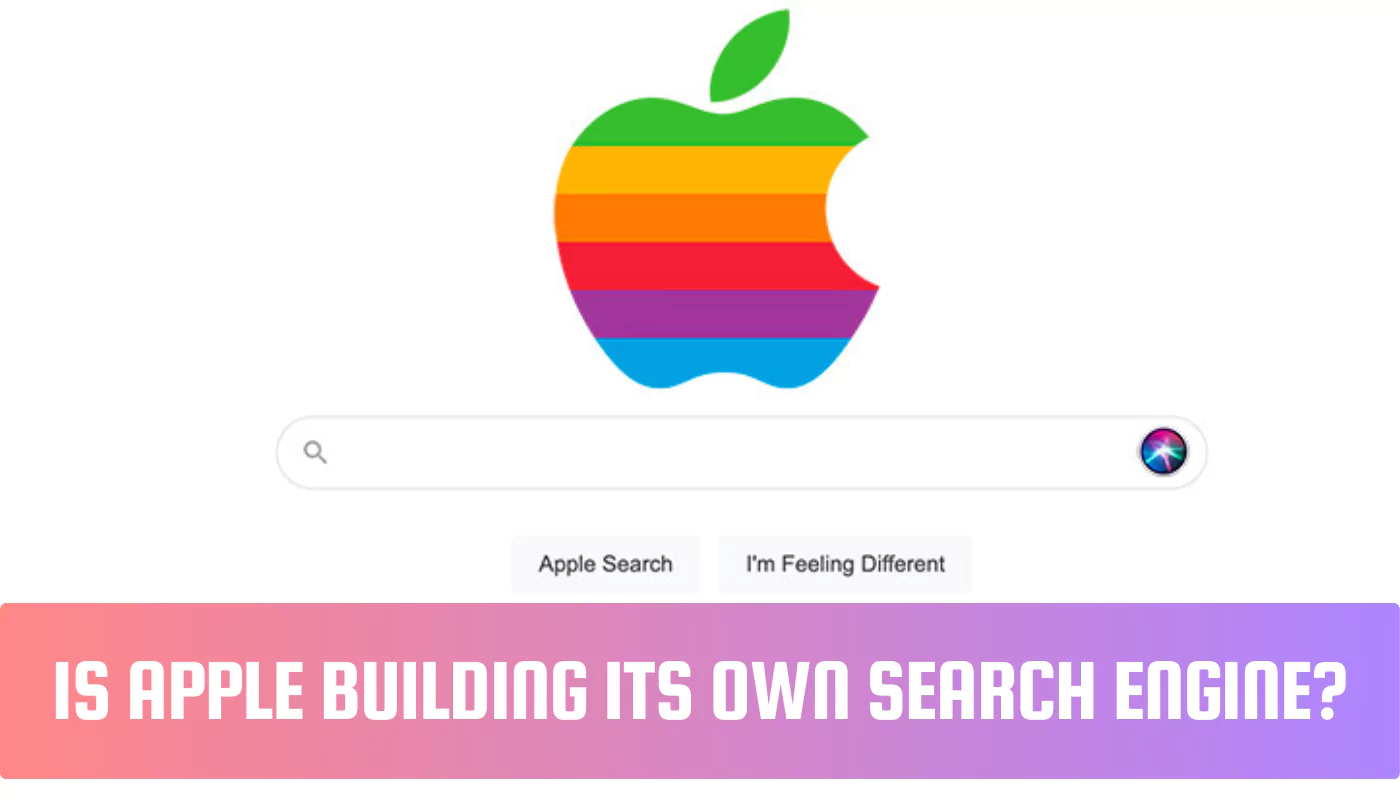How the Golden Path Improves Software Development Processes?

In simple terms, the Golden Path improves software development processes by providing a set of best practices, pre-built tools, and clear guidelines that help developers build, test, and deploy software faster, more reliably, and with fewer errors. By following the Golden Path, teams reduce complexity, avoid common pitfalls, and maintain a high standard of quality throughout their projects.
What is the Golden Path in Software Development?
The term “Golden Path” originated in engineering circles and was popularized by tech companies like Spotify. In software development, the Golden Path refers to an opinionated set of tools, libraries, practices, and workflows that an organization officially recommends for its developers to follow.
It’s not about enforcing rigid rules; instead, it offers a highly optimized and easy-to-follow path for building, deploying, and maintaining software. Developers can deviate from it if they have a strong reason, but sticking to the Golden Path usually saves time, ensures consistency, and reduces risk.
Why Is the Golden Path Important?
In a rapidly evolving tech landscape, the diversity of tools and practices can be overwhelming. Without clear guidance, teams often:
- Spend too much time deciding how to build systems.
- Introduce inconsistencies across projects.
- Face difficulty scaling their operations.
The Golden Path addresses these challenges by:
- Reducing cognitive load: Developers don’t have to reinvent the wheel for each project.
- Increasing productivity: Less time spent on setup and troubleshooting.
- Ensuring reliability: Best practices and tested patterns minimize errors.
- Supporting onboarding: New developers can become productive much faster.
Key Components of a Golden Path
A well-designed Golden Path typically includes:
1. Standardized Tooling
Pre-approved tools for version control, CI/CD pipelines, containerization, monitoring, and more. This ensures that everyone uses the same trusted systems.
2. Code Templates and Starters
Starter projects or scaffolds that already incorporate best practices (e.g., secure authentication, error logging, proper API structure) so developers can jump straight into solving business problems.
3. Infrastructure Blueprints
Predefined setups for cloud infrastructure, databases, and networking. This reduces the chance of misconfigurations that could lead to security or performance issues.
4. Testing and Quality Assurance
Built-in testing frameworks and guidelines for writing unit, integration, and end-to-end tests ensure high-quality outputs.
5. Deployment Best Practices
Clear workflows for deployments, including environment setup, rollback procedures, and monitoring tools.
How the Golden Path Enhances Each Stage of Development
Planning and Architecture
By following the Golden Path, planning becomes more focused. Teams already know the approved tech stack and architectures, meaning less time debating options and more time refining solutions.
Development
During coding, developers can rely on templates, standard libraries, and reusable components, dramatically cutting down boilerplate work. Peer reviews become easier because everyone is aligned on coding standards and patterns.
Testing
The Golden Path often includes pre-integrated testing suites, making it easier to maintain a test-driven development (TDD) culture. Errors are caught early, reducing costly fixes later.
Deployment
With CI/CD pipelines as part of the Golden Path, deployments become routine rather than risky events. Automated processes ensure that what works in development also works in production.
Maintenance and Scaling
Consistency in building and deploying means fewer surprises when scaling applications. Teams can easily maintain and extend systems because everything follows a known structure.
Golden Path vs. Freedom: Finding the Balance
Some developers worry that the Golden Path could stifle creativity. However, the best Golden Paths are opinionated, not mandatory. They encourage standardization for efficiency but allow room for innovation when necessary.
Many companies design their Golden Path to be opt-in but advantageous — deviating from it is allowed but comes with the responsibility of maintaining the custom solution independently.
This balance helps organizations scale efficiently without turning into rigid bureaucracies.
Real-World Examples of the Golden Path
- Spotify developed a platform called “Backstage,” an internal developer portal that embodies their Golden Path approach. It gives developers a central place to access templates, tools, and documentation.
- Netflix uses a Golden Path strategy for microservices, where specific frameworks and practices are encouraged to ensure reliability at their massive scale.
- GitHub promotes internal golden paths through detailed engineering guides, ensuring consistency and speed across a wide array of projects.
How to Build a Golden Path for Your Organization
If you’re considering creating a Golden Path, start with:
- Identify Core Technologies: Choose frameworks, libraries, and tools you trust.
- Define Best Practices: Document coding standards, architecture patterns, and workflow procedures.
- Create Starter Kits: Build base templates that your teams can clone and extend.
- Automate Where Possible: Embed automation in testing, building, and deployment.
- Gather Feedback and Evolve: Treat the Golden Path as a living product. Update it based on new insights and developer feedback.
Conclusion
The Golden Path is not just a technical guideline; it is a strategic tool that dramatically improves how software is developed, deployed, and maintained. It simplifies decision-making, accelerates delivery, enhances product quality, and creates a healthier engineering culture.
Organizations that invest time into building and maintaining their Golden Path are better positioned to scale their operations, attract top talent, and deliver exceptional software products consistently.









